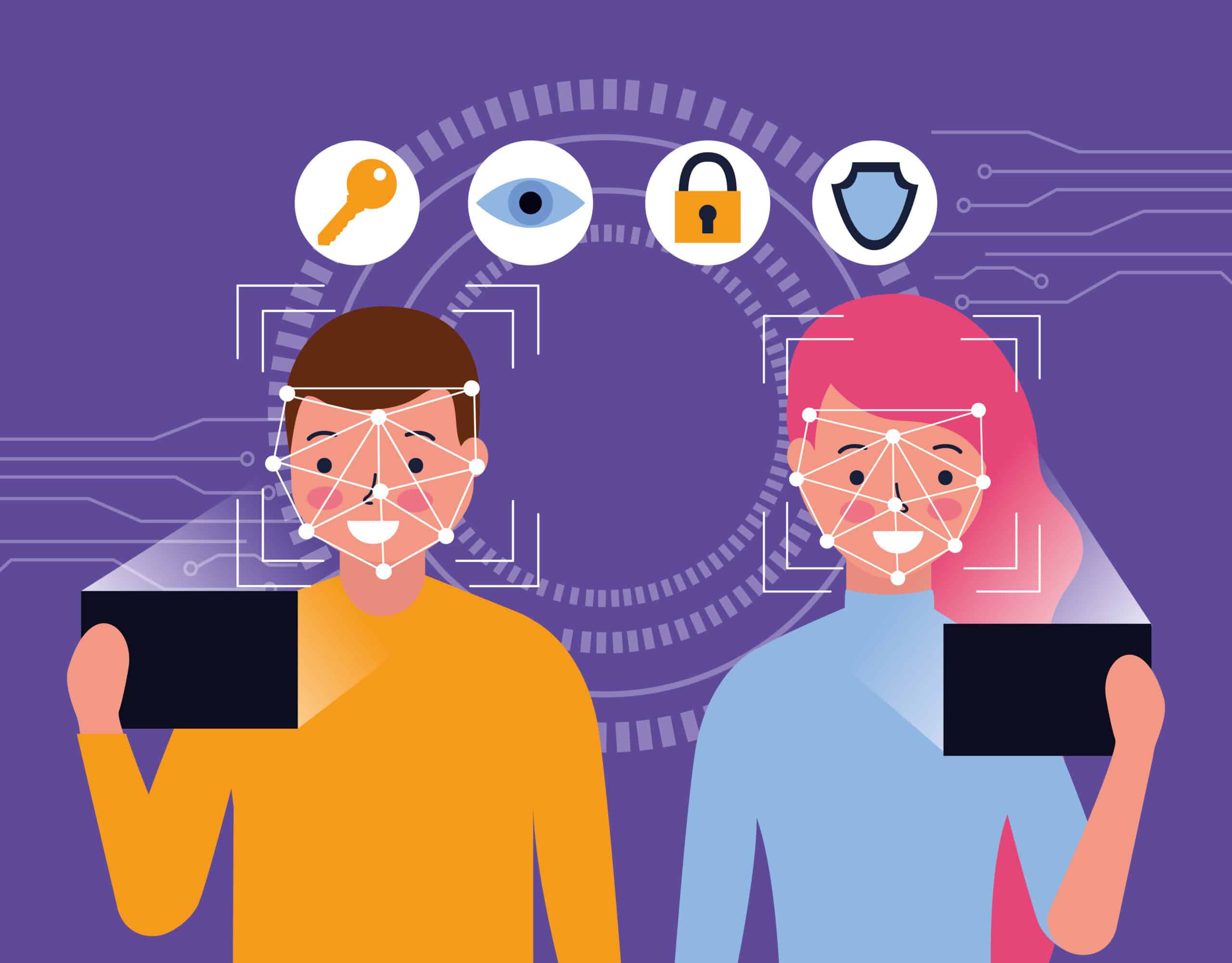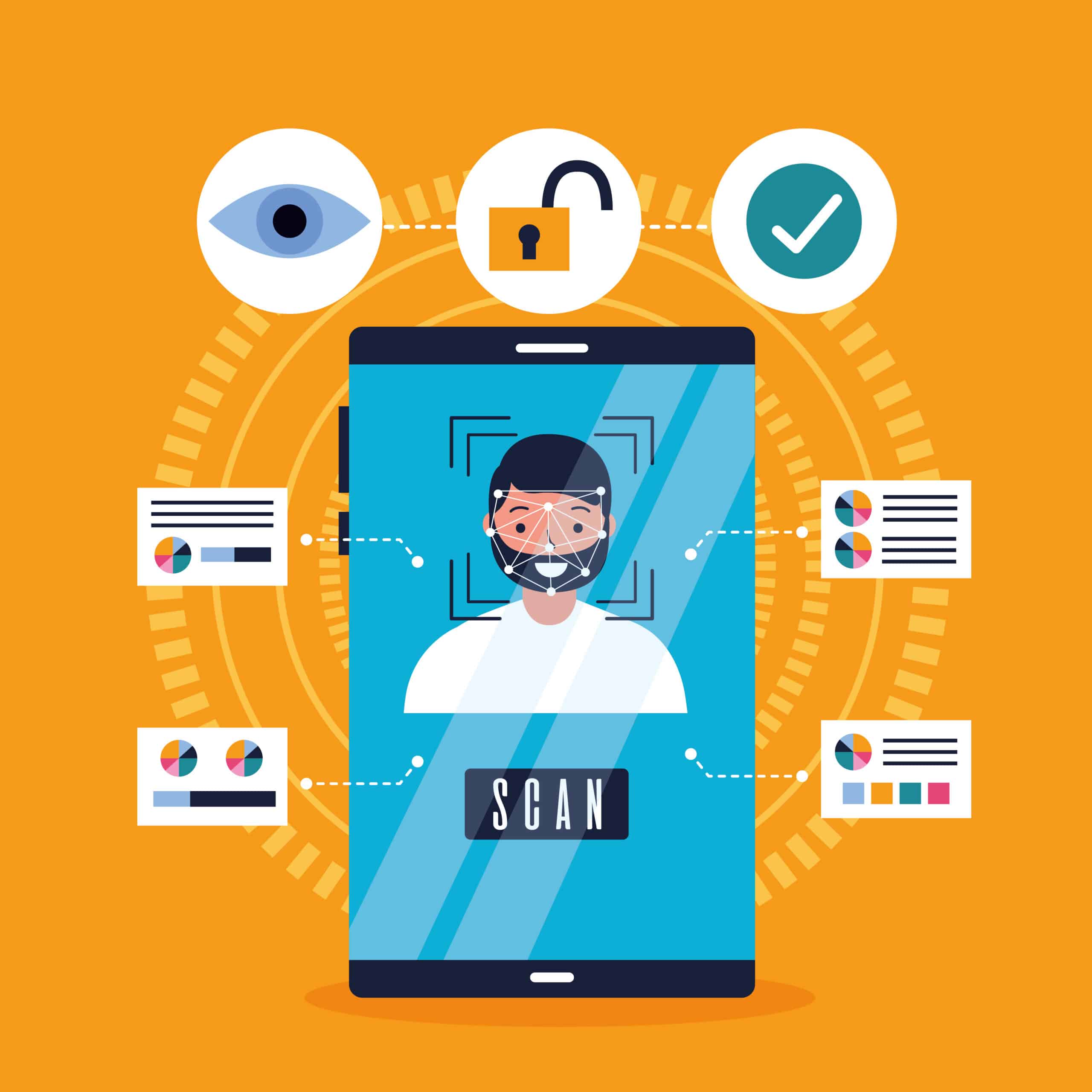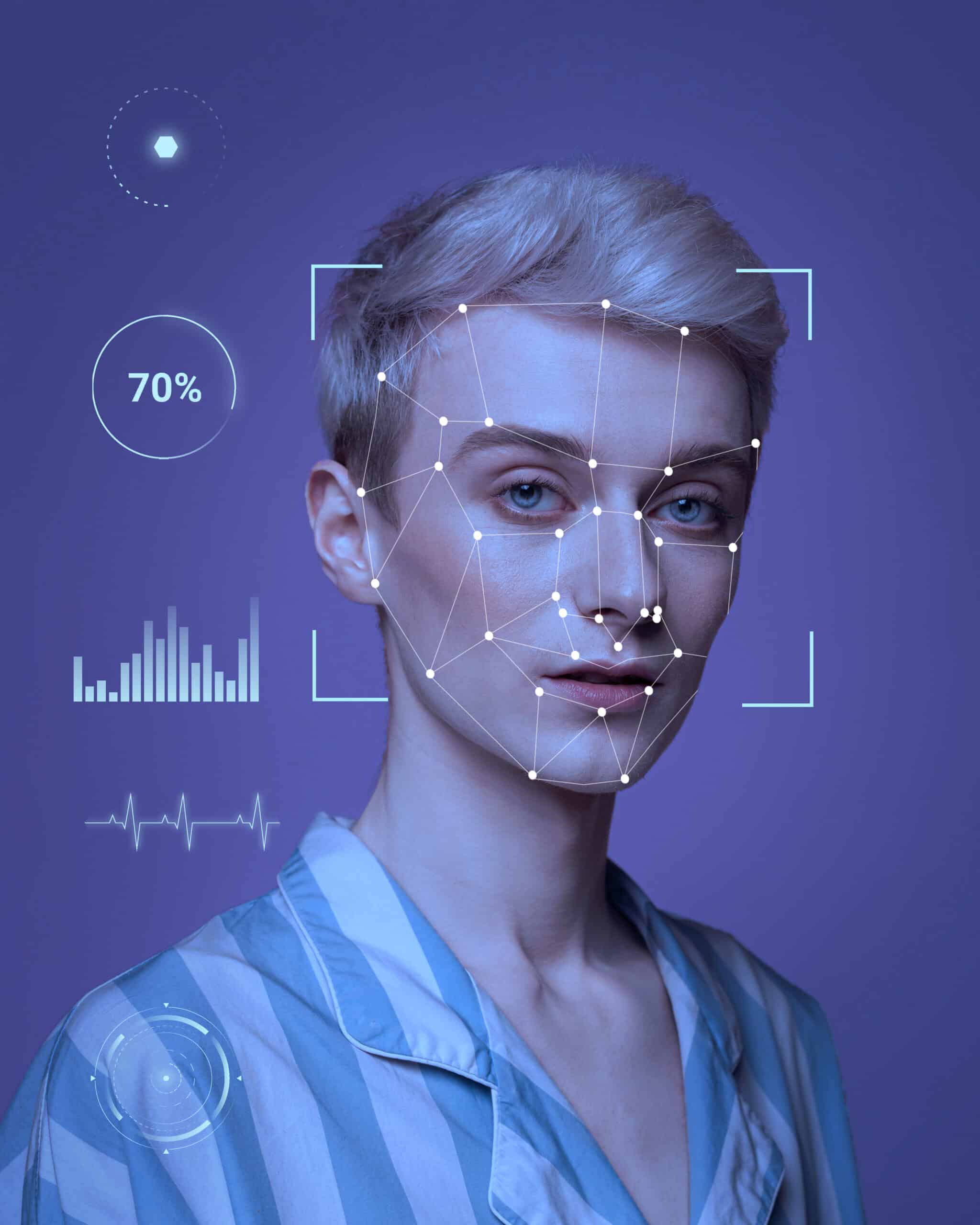Ensuring Secure Access with Facial Recognition Identity Verification
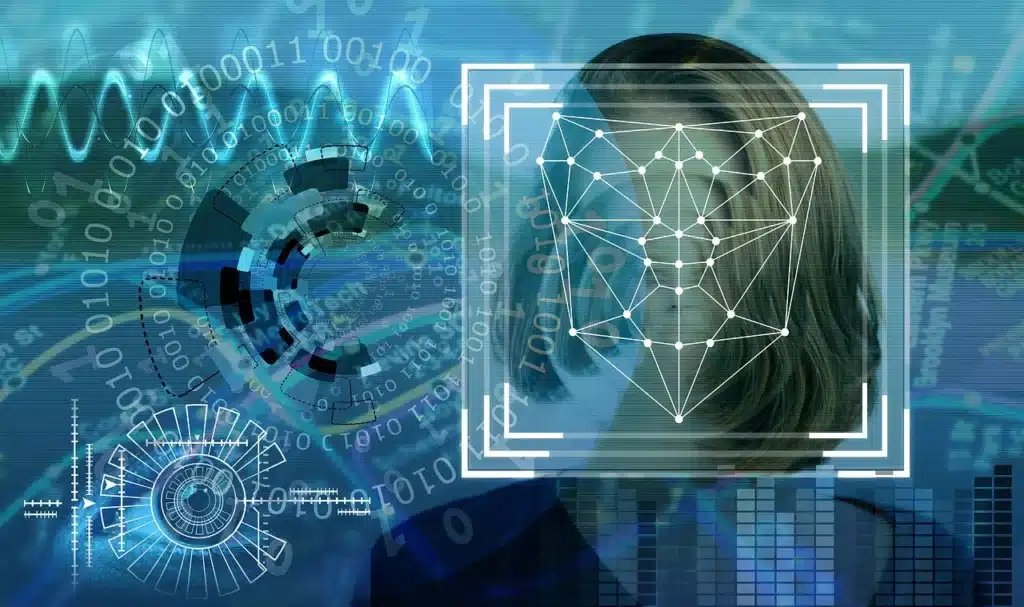
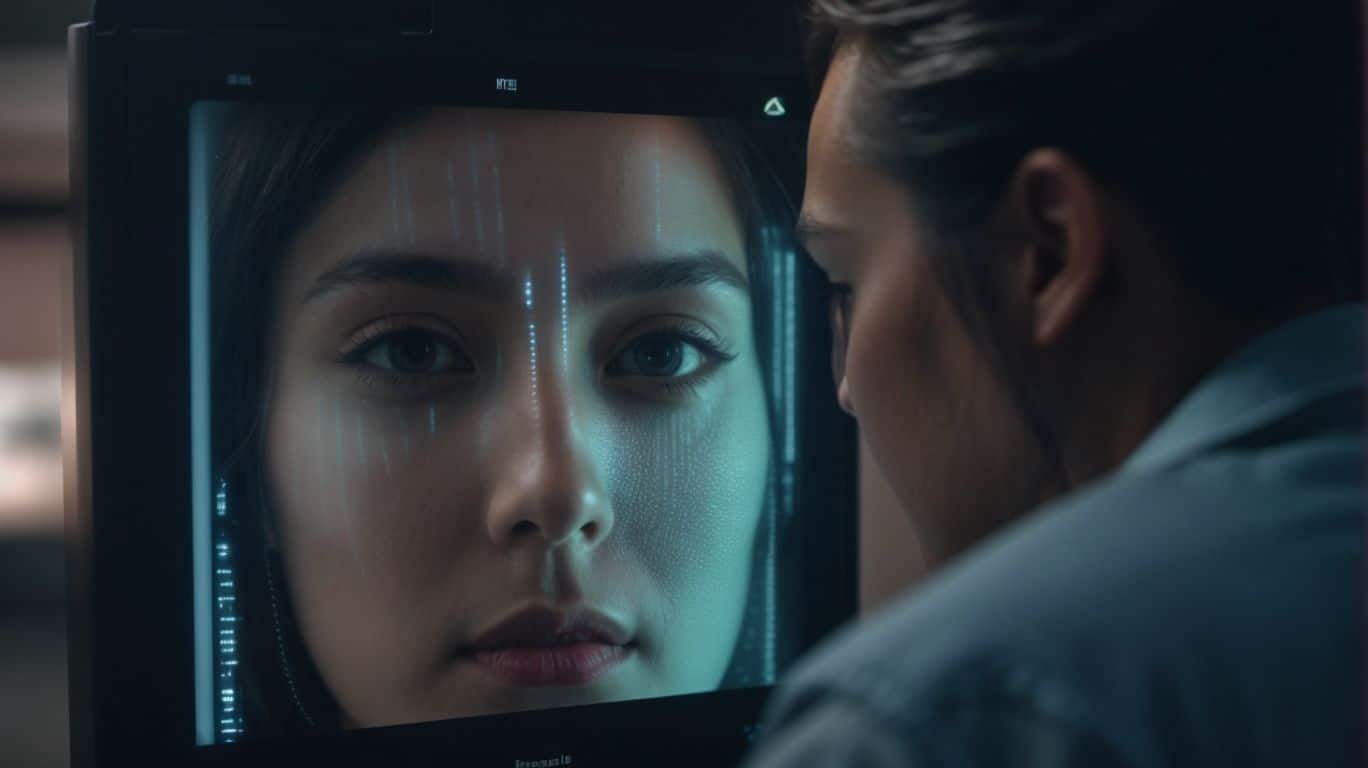
Facial recognition technology has become increasingly popular for identity verification in various industries. From access control to time and attendance tracking, this cutting-edge technology offers a secure and efficient way to authenticate individuals.
There are concerns about privacy, biases, and potential misuse. We will explore how facial recognition works, its applications, advantages, limitations, implementation best practices, and future possibilities.
Also, discover more about this fascinating technology and its impact on our daily lives.
What is Facial Recognition Identity Verification?
Facial Recognition Identity Verification involves the use of biometric technology to authenticate individuals’ identities based on their facial features.
- By capturing and analyzing various facial characteristics like the distance between eyes, nose, and mouth, this technology creates a unique facial profile for each individual.
- Identity Verification using facial recognition has gained popularity due to its high accuracy and efficiency in quickly identifying a person’s identity.
Biometric Technology enables secure and seamless authentication processes, ensuring reliable verification for various applications ranging from unlocking smartphones to accessing secure facilities. Additionally, this sophisticated technology has revolutionized the way organizations verify identities, offering a convenient and secure solution in the digital age.
How Does Facial Recognition Technology Work?
Facial Recognition Technology operates by capturing and analyzing biometric data from facial images to verify the identity of individuals.
This advanced technology relies on complex algorithms to create a unique facial biometric template for each individual, which includes details such as facial landmarks, distances between features, and skin texture. When the system scans a person’s face, it compares their biometric features with the stored templates in its database to determine a match. The accuracy of facial recognition technology is continually improving, making it a valuable tool for enhancing security measures in various sectors, such as law enforcement, airports, and banking.
What Are the Applications of Facial Recognition Identity Verification?
Facial Recognition Identity Verification finds applications in various areas such as Access Control, Identification, Time and Attendance Tracking, and Customer Experience Enhancement.
Access Control is a crucial aspect where Facial Recognition Identity Verification is increasingly being utilized to enhance security measures and streamline entry processes within organizations. This technology allows quick and accurate verification of individuals, granting access only to authorized personnel.
In the realm of Customer Experience Enhancement, businesses are leveraging facial recognition to personalize interactions based on customer profiles, creating a seamless and engaging experience for patrons. By embracing these innovative solutions, companies are not only ensuring security but also improving operational efficiency and customer satisfaction.
Access Control
Access Control systems leverage Facial Recognition technology to enhance security measures by providing secure access based on facial biometrics.
This cutting-edge technology analyzes unique facial features, such as the distance between the eyes, nose, and mouth, to authenticate individuals before granting access. By utilizing Facial Recognition, businesses and organizations can significantly reduce the risk of unauthorized access and enhance overall security protocols.
The real-time verification process ensures that only authorized personnel gain entry, thereby minimizing the potential for security breaches. With the ability to accurately identify individuals, Access Control systems equipped with Facial Recognition are becoming increasingly popular across various industries, from corporate offices to high-security facilities.
Identification and Authentication
Facial Recognition plays a pivotal role in user authentication processes by enabling accurate identification and authentication through facial features.
This technology has revolutionized the way user authentication is conducted by providing a secure and efficient method for verifying one’s identity. By analyzing unique facial features such as the distance between eyes, nose shape, and jawline structure, Facial Recognition systems assess and match data to ensure that only authorized individuals gain access. The integration of user authentication through facial recognition not only enhances security measures but also simplifies the authentication process for users, making it more convenient and user-friendly.
Time and Attendance Tracking
Employing Facial Recognition technology enhances security protocols through precise identity management, making time and attendance tracking more efficient.
This advanced technology has revolutionized the way organizations ensure accurate time tracking and attendance monitoring. By utilizing facial recognition, companies can eliminate the need for traditional methods like swipe cards or manual sign-ins, increasing efficiency and reducing the chances of human errors. The integration of Facial Recognition in time and attendance systems adds an extra layer of security, as it accurately verifies the identity of individuals accessing the premises. This not only streamlines the attendance process but also contributes to a safer and more secure work environment.
Customer Experience Enhancement
Facial Recognition contributes to enhancing customer experiences by streamlining identity management processes with efficient authentication methods.
This technology not only offers a seamless way for customers to confirm their identities but also provides businesses with a secure and reliable method of verifying individuals. By incorporating biometric authentication techniques, such as facial recognition, organizations can ensure that only authorized individuals can access sensitive information and valuable resources. This level of security not only boosts customer trust but also reduces the risk of fraudulent activities, promoting a safer and more personalized experience for users.
What Are the Advantages of Using Facial Recognition for Identity Verification?
Employing Facial Recognition for Identity Verification offers advantages like heightened security, operational efficiency, and enriched user experiences.
- Facial recognition technology enhances security measures by providing a more reliable and accurate method of identity verification, reducing the risk of fraud and unauthorized access.
- It streamlines operational efficiency by automating the verification process, saving time and resources. This technology also fosters improved user interactions by offering a seamless and convenient authentication experience, leading to higher customer satisfaction and loyalty.
The integration of facial recognition in identity verification systems brings a myriad of benefits that elevate security standards and optimize operational processes.
Increased Security
Facial Recognition contributes significantly to increased security measures by strengthening access security through biometric authentication.
- This advanced technology analyzes unique facial features to verify individuals’ identities, providing a more secure and efficient means of granting access.
- Facial recognition systems bolster access security by detecting and preventing unauthorized entry attempts, thus reducing the risk of potential security breaches.
- The seamless integration of Facial Recognition into access control systems streamlines the verification process, enhancing the overall security protocols in various environments such as airports, offices, and public spaces.
Improved Efficiency
Facial Recognition technology boosts operational efficiency by ensuring data security and expediting identity verification processes.
This cutting-edge technology not only enhances security measures but also simplifies the confirmation of individuals’ identities, leading to quicker and more accurate processes. By utilizing biometric data, Facial Recognition facilitates seamless access control and reduces the risk of unauthorized intrusions. As a result, organizations can improve their overall operational effectiveness and minimize the chances of data breaches. With the ability to swiftly authenticate individuals based on unique facial features, Facial Recognition significantly accelerates various operations, ranging from employee attendance tracking to customer check-ins.
Enhanced User Experience
Facial Recognition enhances user experiences by facilitating seamless identity validation, thereby improving user interactions with secure authentication methods.
This technology has transformed the way users engage with various services, from unlocking smartphones to accessing secure facilities. By accurately identifying individuals through facial features, users can enjoy a smoother and more personalized experience. Facial Recognition plays a vital role in streamlining processes such as online transactions and identity verification, ensuring that users can access their accounts or make purchases efficiently and securely. The convenience and security offered by this innovative technology have made it a popular choice in various sectors, including banking, retail, and travel.
What Are the Concerns and Limitations of Facial Recognition Identity Verification?
Despite its benefits, Facial Recognition Identity Verification raises concerns regarding privacy, biases related to race and gender, and the potential for misuse.
One of the primary challenges associated with facial recognition technology is the issue of privacy infringement. Users express concerns about the collection and storage of their biometric data without consent, raising questions about data security and potential breaches. Critics have targeted the technology for perpetuating racial and gender biases, as algorithms may exhibit greater accuracy for certain demographics than others, potentially resulting in unjust practices.
There are also concerns about the misuse of facial recognition for surveillance purposes, which could impact civil liberties and individual freedoms.
Privacy Concerns
Privacy concerns arise with Facial Recognition technology due to implications on user privacy and data protection in identity verification processes.
As Facial Recognition becomes more pervasive in everyday life, questions have been raised about the potential risks associated with the technology.
Users worry about their biometric data being stored and possibly exploited without their consent.
There are concerns about the accuracy of facial recognition systems and the potential for misidentifications or false positives.
The lack of clear regulations around the use of facial recognition technology only adds to these worries, leaving users vulnerable to potential breaches of their privacy.
Racial and Gender Biases
Issues of racial and gender biases in Facial Recognition can impact identity validation processes, raising challenges in accurate verification.
This bias can lead to errors in recognizing individuals from diverse racial and gender backgrounds, resulting in misidentifications and potential security risks. The lack of diversity in the training data sets used for facial recognition algorithms can perpetuate these biases, hindering progress towards more inclusive and reliable identity validation technologies.
Addressing these challenges requires a concerted effort to improve algorithmic transparency, data collection practices, and ethical standards in the development and deployment of facial recognition systems.
Potential for Misuse
The potential misuse of Facial Recognition technology poses risks for fraud prevention measures, requiring robust safeguards to mitigate misuse.
Facial Recognition technology, with its ability to identify individuals based on facial features, has become increasingly prevalent in various industries, including law enforcement, banking, and retail.
The misuse of this technology can have serious consequences, such as identity theft and privacy breaches. Without proper safeguards in place, malicious actors could exploit Facial Recognition systems for fraudulent activities, compromising sensitive personal information.
Therefore, organizations must implement stringent security protocols and authentication methods to prevent unauthorized access and protect against potential fraud risks.
How Can Facial Recognition Identity Verification Be Implemented Effectively?
Effective implementation of Facial Recognition for Identity Verification involves thorough training, clear policies, and regular maintenance for secure identity management.
- Training plays a crucial role in ensuring that personnel are equipped with the necessary skills to use facial recognition technology effectively. This includes educating them on the various features and functionalities of the system, as well as providing hands-on practice sessions.
- Clear policies need to be established to govern the use of facial recognition data and ensure compliance with data privacy regulations.
- Regular maintenance of the facial recognition system is essential to prevent technical glitches and ensure its optimal performance for secure identity management.
Proper Training and Testing
Proper training and testing protocols are essential for the successful deployment of Facial Recognition technology in Identity Verification solutions.
These protocols ensure that the Facial Recognition system is accurately identifying individuals and providing a secure method of verifying identities. By training the system to recognize different facial features and expressions, it can better adapt to various lighting conditions and angles, improving its overall performance. Rigorous testing helps detect any potential errors or biases in the system, ensuring that Identity Verification solutions are reliable and trustworthy. Implementing these protocols not only enhances security measures but also builds trust among users who rely on Facial Recognition technology for identity verification.
Clear Policies and Guidelines
Clear policies and guidelines must be established to regulate the use of Facial Recognition technology and devices for secure Identity Verification.
Without proper regulations in place, there is a risk of misuse and violation of privacy rights when it comes to the utilization of Facial Recognition Devices in Identity Verification processes. These guidelines should outline the specific scenarios in which the technology can be used, criteria for data storage and sharing, and measures for ensuring accuracy and transparency.
It is crucial to address the potential biases that may exist within these systems and how to mitigate them to uphold fairness and inclusivity in Identity Verification practices.
Regular Updates and Maintenance
Regular updates and maintenance routines are crucial to ensuring compliance with Identity Verification standards and maintaining the effectiveness of Facial Recognition systems.
By consistently updating and maintaining these systems, organizations can ensure that they meet the necessary requirements for Identity Verification Compliance. This involves regularly checking for software updates, testing the performance of the algorithms, and calibrating the system to ensure accurate and reliable results.
Without proper maintenance, Facial Recognition systems can become outdated, leading to potential errors in identity verification processes. Implementing a proactive approach to maintenance not only helps in compliance but also ensures that the system operates efficiently, providing reliable results for various security and access control applications.
What Are the Future Possibilities for Facial Recognition Identity Verification?
The future of Facial Recognition Identity Verification holds promising advancements in biometric recognition technology, paving the way for innovative applications and enhanced security measures.
Biometric recognition technology is evolving rapidly, enabling more sophisticated algorithms to accurately identify individuals. This progress opens the door to a wide range of practical uses beyond security, such as personalized customer experiences in retail and streamlined access control in smart homes. Advancements in facial recognition are making it easier to integrate with other technologies, like artificial intelligence and augmented reality, creating a seamless and efficient user experience. The potential for biometric recognition technology to revolutionize industries and improve daily tasks is truly exciting.
Frequently Asked Questions
What is facial recognition identity verification and why is it important for ensuring secure access?
Facial recognition identity verification is a technology that uses algorithms to analyze and identify a person’s unique facial features, allowing them access to a secure system or location. It is important for ensuring secure access because it provides an additional layer of security beyond traditional methods such as passwords or physical IDs.
How does facial recognition identity verification work?
Facial recognition identity verification works by capturing an image or video of a person’s face, which is then analyzed and compared to a reference data set. The technology looks for specific facial features and patterns to determine the person’s identity, and if there is a match, access is granted.
What are the benefits of using facial recognition identity verification for secure access?
Using facial recognition identity verification for secure access has several benefits. It is more convenient and efficient than traditional methods, as users do not need to remember passwords or carry physical IDs. It also provides a higher level of security, as facial features are unique and difficult to replicate.
Is facial recognition identity verification a reliable form of security?
Yes, facial recognition is a highly reliable form of security. The technology has advanced significantly in recent years and has a very low error rate. The chances of a false positive (incorrectly identifying someone) are extremely low, making it a dependable option for secure access.
Can facial recognition identity verification be used for different levels of access?
Yes, facial recognition can grant different levels of access. It can customize access levels for individuals based on their specific needs and permissions. This allows for a more secure and efficient system for managing access to different areas or information.
Are there any privacy concerns with facial recognition identity verification?
While facial recognition serves as a secure and efficient form of access control, stakeholders should consider some privacy concerns. It’s crucial to establish proper regulations and safeguards to protect the collected data and prevent its misuse.

